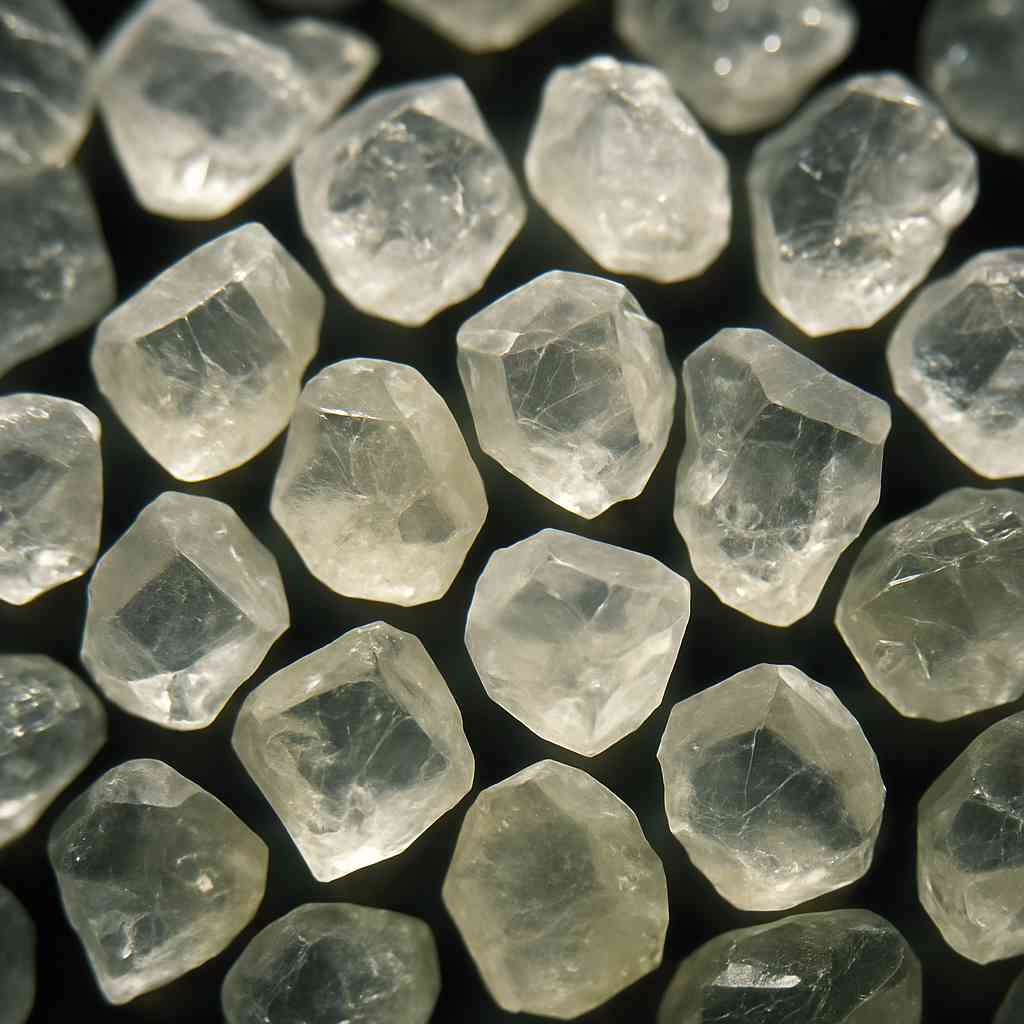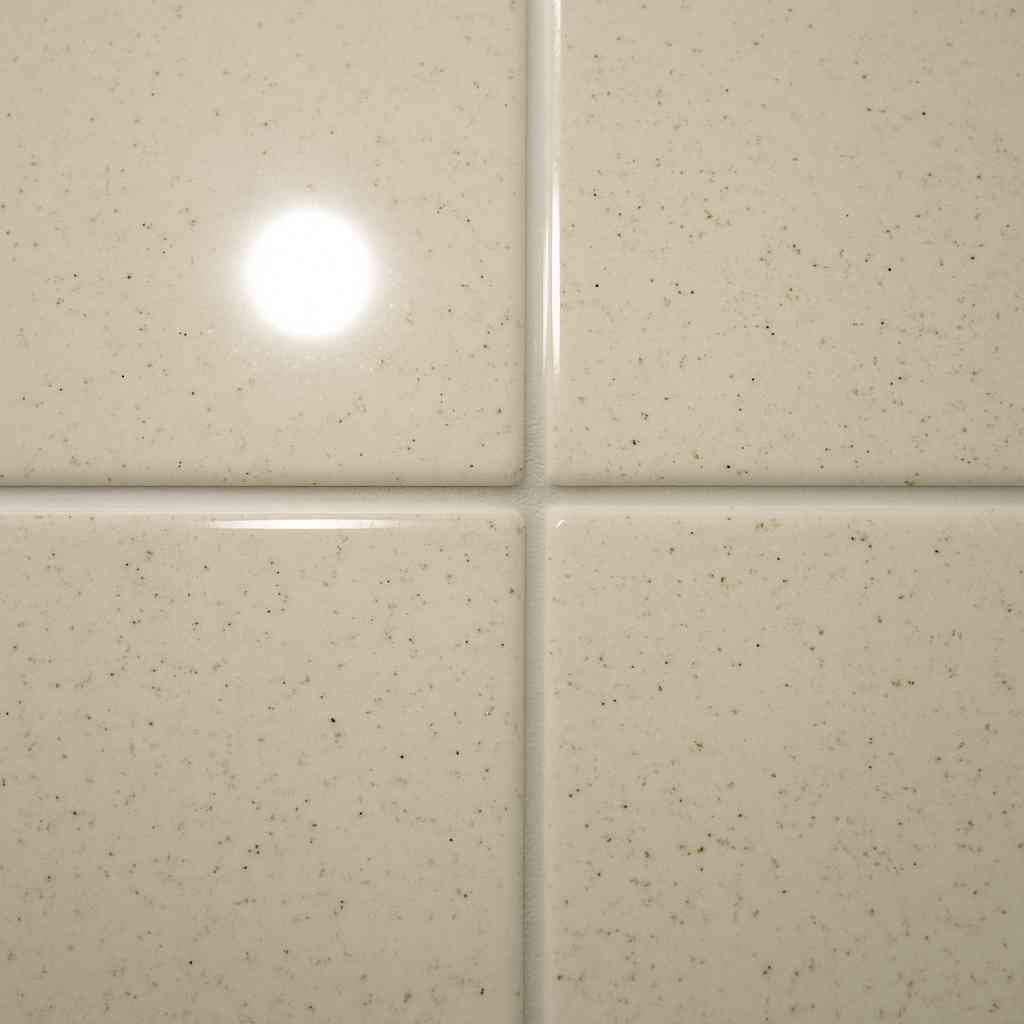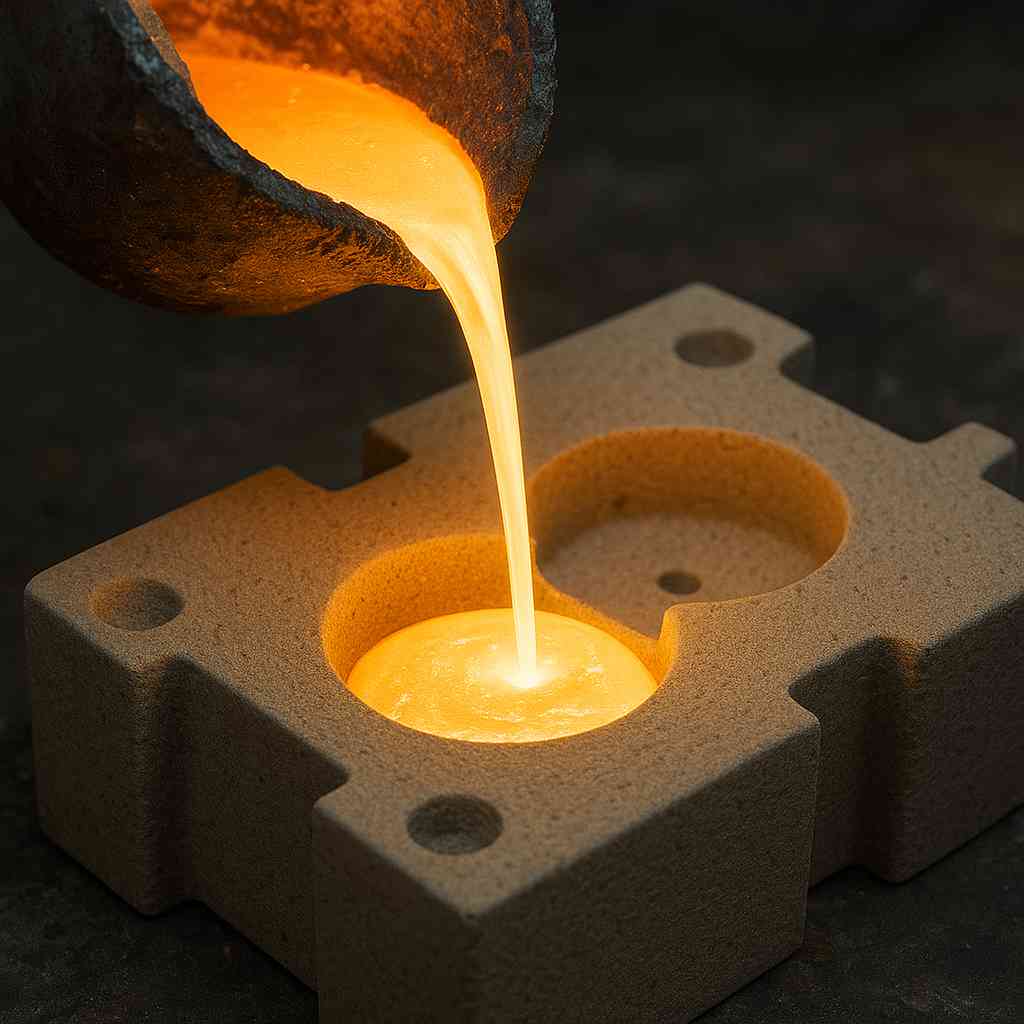Zircon sand plays a central role in industries where heat resistance and chemical consistency are non-negotiable. Yet for many procurement professionals, verifying the reliability of this material isn’t straightforward. Slight deviations in purity or trace elements can disrupt manufacturing lines or damage equipment. This guide lays out the core characteristics that define chemical reliability. We’ll cover what makes this mineral stable, how to interpret lab data, and which questions every buyer should ask. Global Industry has worked with global manufacturers to secure dependable zircon sand supply chains. What follows reflects real procurement insights—written with buyers in mind.
What Is Zircon Sand Made Of?
This industrial mineral consists primarily of zirconium silicate (ZrSiO₄), which forms under specific geological conditions. Found mostly in coastal and alluvial deposits, zircon sand carries high thermal resistance and low reactivity. These features explain its value across ceramics, foundries, and refractories.
Here’s the key — the chemical value lies in zirconium dioxide (ZrO₂), often paired with hafnium dioxide (HfO₂). Industrial buyers seek material with over 65% ZrO₂+HfO₂ content. But natural zircon often includes trace amounts of iron, titanium, aluminum, and radioactive elements like uranium or thorium. These must be minimized for safe and effective use.
| Component | Common Range (%) | Relevance in Use |
|---|---|---|
| ZrO₂+HfO₂ | 65–67 | Indicates chemical purity |
| TiO₂ | 0.2–1.5 | Affects glaze and melting |
| Fe₂O₃ | 0.1–0.3 | Can alter color or reduce durability |
| Al₂O₃ | 0.2–0.8 | Impacts mold flow behavior |
| U + Th | <0.01 | Requires reduction for safety |
What separates a reliable supply from a risky one is how consistently these values are controlled and documented.

This image shows crystal structure variation in the material, critical for assessing composition.
How Do Trace Elements Impact Quality?
Even at low levels, impurities affect how this sand performs. Titanium, for example, can influence the way glaze bonds to ceramic surfaces. Iron may cause staining or microcracks. Let’s take a closer look — aluminum, while chemically stable, can impact the viscosity of casting slurries and delay drying times.
Inconsistent levels of uranium or thorium bring regulatory concerns, especially for medical, aerospace, or export applications. For these industries, trace control isn’t just about performance—it’s about legal compliance.
| Trace Content | Max Recommended | Practical Consequence |
|---|---|---|
| TiO₂ | <1.5% | Unpredictable glaze reactions |
| Fe₂O₃ | <0.3% | Discoloration, cracking |
| Al₂O₃ | <0.5% | Viscosity shifts in casting |
| U + Th | Trace only | Compliance and safety risk |
Buyers working with critical components or specialty ceramics need detailed lab reports to catch these potential issues early.
Why Does Purity Level Matter for Buyers?
Purchasers rely on purity metrics to select the right grade of zircon-based material. For example, tile manufacturers demand high ZrO₂ content to achieve bright, defect-free glazes. Foundries require stable compounds for thermal molds.
This is where consistency counts — even a 1% drop in zirconium content can weaken thermal resistance or reduce surface hardness. If you’re producing refractories or castings, that means shortened service life or higher failure rates.
| Application | ZrO₂+HfO₂ Target | Impact of Impurity |
|---|---|---|
| Tile glazes | ≥66% | Surface haze, color shifting |
| Foundry molds | ≥65% | Cracking, thermal mismatch |
| Kiln components | ≥66% | Reduced service temperature |
High-purity material doesn’t just improve performance—it reduces cost by minimizing rework and material loss.

This image shows glaze clarity affected by material purity and trace contamination.
How Is Chemical Stability Measured?
Chemical stability refers to how well the sand resists breakdown under extreme conditions. That includes acid exposure, thermal cycling, and prolonged high-temperature use.
Here’s how it works — samples undergo immersion in hydrochloric or sulfuric acid, then are analyzed for structural change. Thermal stability is tested at over 1500°C, simulating real manufacturing environments.
| Test Process | Purpose | Target Result |
|---|---|---|
| Acid Soak (HCl) | Assess reactivity | No visible structural change |
| Thermal Exposure | High-temp resilience | Grain structure remains intact |
| NaOH Exposure | Alkaline resistance | Minimal material loss |
A stable zirconium compound ensures fewer process interruptions, whether used in ceramic firing or molten metal casting.
What Affects Chemical Consistency in Supply?
Geological variability is a core reason chemical profiles differ. Zircon from Australia may show low radiation but higher processing cost. South African deposits offer good availability but might carry more titanium.
But wait—there’s more. Beyond source region, processing steps play a huge role. Electrostatic separation, magnetic filtering, and controlled washing all reduce impurity load. Some suppliers skip or downscale these steps, leading to inconsistent results.
| Region | Chemical Characteristics | Supply Consideration |
|---|---|---|
| Australia | Low U/Th, stable ZrO₂ | Higher logistics cost |
| South Africa | Moderate Fe/Ti | Good scale, mixed purity |
| Indonesia | Variable TiO₂ | Needs strong QC practices |
| Mozambique | High-grade, some U/Th | Needs certification |
Smart buyers don’t just check the country of origin. They also ask how the zircon sand is processed and validated.
Which Industries Prioritize Chemical Properties?
Any application where heat, pressure, or chemical resistance is involved will care about zircon’s chemical profile. Ceramic factories need consistent opacity. Foundries want thermal tolerance. Refractory producers depend on structural strength under fire.
Here’s why it matters — if a batch underperforms, it doesn’t just affect product yield. It may halt production or trigger recalls.
| Sector | Core Use |
|---|---|
| Ceramics | Pigment base for white glazing |
| Glassmaking | Maintains clarity and structure |
| Refractories | Insulates against molten metal |
| Casting | Mold stability for complex parts |
Each of these sectors defines “chemical reliability” a bit differently—but all depend on predictable material behavior.

This image shows zircon sand in use for complex metal casting, where thermal reliability is critical.
How Do Buyers Evaluate Chemical Specs?
Experienced procurement teams don’t just rely on a COA (Certificate of Analysis). They want source data, lab test history, and performance benchmarks.
Let’s make it simple — you need to see third-party lab tests. These should include XRF analysis for ZrO₂ levels, ICP for trace elements, and moisture content checks.
| Metric | Evaluation Purpose |
|---|---|
| ZrO₂ concentration | Measures chemical foundation |
| TiO₂ / Fe₂O₃ | Detects coloring and stability risk |
| U/Th content | Assesses safety compliance |
| Moisture % | Predicts handling issues |
Reliable suppliers provide results by lot or batch and don’t hesitate to explain their lab methods.
What Should You Ask Before Purchasing Zircon Sand?
Asking technical questions upfront protects your supply line. Don’t just accept “industrial grade” as an answer—get specifics.
Here are five questions worth asking:
- What’s the average ZrO₂ level across your last 10 shipments?
- How often do you test for TiO₂, Fe₂O₃, and U/Th?
- Can you provide XRF and ICP reports?
- What steps do you take to control grain size and moisture?
- Do you package the material in moisture-proof or contamination-free formats?
| Question | Why It Matters |
|---|---|
| Batch-average ZrO₂? | Confirms consistency |
| Frequency of trace testing? | Shows quality control |
| Lab test availability? | Proves transparency |
| Handling/moisture protection? | Ensures usability post-shipment |
Buyers who ask these questions filter out unstable or unverified supply chains early.
Can Zircon Sand Be Substituted Chemically?
Some processes allow substitutions like alumina or fused silica, but not without tradeoffs. In casting, these alternatives often show more deformation or lower fusion resistance.
The key takeaway? Zircon-based material offers the best all-around stability across high-heat processes. That’s hard to replace.
| Alternative | Limitation in Use |
|---|---|
| Alumina | Brittle in thermal cycling |
| Spinel | May require additives |
| Fused Silica | Shrinks at high temperatures |
| Talc/Wollastonite | Low melting points |
Substitutes may help cut costs but can rarely match the durability or thermal behavior of zircon-based materials.
What Are Current Testing Methods Used?
Modern quality control relies on multiple lab techniques. The two most common are XRF (for elemental breakdown) and ICP-OES (for trace detection). Gamma spectrometry checks for radiation levels.
Why does this matter for buyers? Because test reports prove that the zircon sand you’re paying for actually meets industrial specs.
| Test Type | Function |
|---|---|
| XRF | Verifies Zr, Fe, Ti, Al levels |
| ICP-OES | Detects trace elements (ppm) |
| Gamma Scan | Assesses U/Th concentration |
| Laser Analysis | Evaluates particle distribution |
| Oven-Dry Method | Measures moisture content |
Ask to see at least two of these methods on every report, especially for high-volume orders.
Conclusion
Reliable zircon sand isn’t just a raw material—it’s a process stabilizer. By understanding what purity means, how trace elements affect performance, and how to evaluate suppliers, buyers can reduce production risks and maintain consistent output. One clear result? Fewer quality claims and more uptime. Global Industry supports industrial buyers by providing certified, batch-tested zircon sand tailored to technical demands. Reach out to our team for material samples or a supplier review checklist. Let’s build a zircon sourcing strategy that works at scale.
FAQ
Q1: Is zircon sand always chemically stable?
Zircon sand is generally considered to be chemically stable, especially at high temperatures where it maintains its integrity. However, it’s important to note that trace impurities can affect its performance and stability in specific applications. Consistent control of these trace elements is crucial to ensure reliable and predictable results, particularly in high-performance contexts.
Q2: What purity level is considered industrial-grade?
Most industrial-grade zircon products target a ZrO₂+HfO₂ content of over 66%. Additionally, buyers typically expect trace elements to remain below 1% to maintain the desired quality and performance specifications. This level of purity ensures that the zircon can meet the demanding requirements of various applications, from ceramics to advanced materials.
Q3: Does chemical composition differ by source country?
Yes, the chemical composition of zircon sand can vary significantly depending on the source country. For instance, Australian zircon is known for its lower levels of radioactive elements, making it a favorable choice for many applications. In contrast, Indonesian and African sources may exhibit more variability in TiO₂ content, which can impact the performance characteristics of the final product. Understanding these differences is essential during materials selection for specific uses.
Q4: Are chemical specs more important than particle size?
In critical applications, chemical specifications often take precedence over particle size. While particle size is indeed important for influencing flow behavior and surface finish, the purity level and chemical composition of zircon significantly affect its core performance and durability. Therefore, depending on the application, achieving the right balance between size and purity is vital for optimal results.
Q5: Can recycled zircon match virgin sand chemically?
Recycled zircon can be chemically comparable to virgin sand, but it often contains residual binders or irregular elements from previous applications. To ensure that recycled material meets the quality standards of virgin grades, it requires thorough processing and rigorous testing. This includes removing contaminants and verifying that the chemical composition aligns with industrial specifications, which can make recycled zircon a sustainable alternative when managed correctly.
